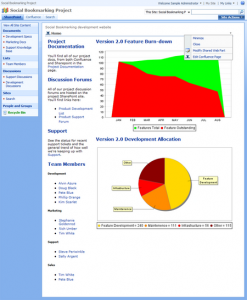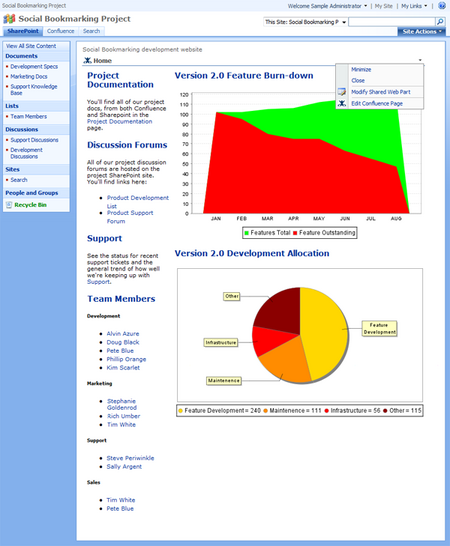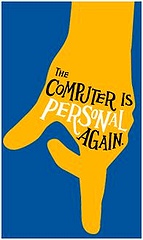
EchoSign’s Favorite Widget of the Month is by Bailgram.com:
Let’s face it, helping a family member make bail is a traumatic experience. What if instead of going down to some sketchy shop near the courthouse — likely in off hours — you could fill out an application in seconds online? Frankly, it’s harder to think of a much better use of the internet.
Well, Jason, I think I can find a lot better uses of the Internet… ![]() But wait, he goes on, encouraging me to jump right in:
But wait, he goes on, encouraging me to jump right in:
…click here and with the EchoSign widget, you can fill out and sign your application in seconds!
Hm… thanks… I’d rather stay out of jail in the first place. ![]()
(P.S. I do like EchoSign, it’s a great service, just not planning to get in jail any time soon)
Update (10/23): Hey, $6M covers a lot of bail ![]() . OK, that’s my way of saying congratulations, Jason and Team!
. OK, that’s my way of saying congratulations, Jason and Team!



 It’s that time again: now that Google Maps went social, allowing user profiles, let’s spend a moment of silence in memory or of the mashup that has been doing the same for a long time:
It’s that time again: now that Google Maps went social, allowing user profiles, let’s spend a moment of silence in memory or of the mashup that has been doing the same for a long time: 


 )
)


 Considering how many things
Considering how many things 
 Since I’ve just advocated
Since I’ve just advocated 

Recent Comments